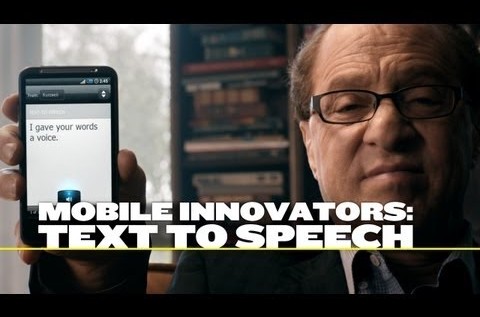Digital Divide among Students, Schools: Study Shows

The vast majority of CPS middle school and high school students have access to the Internet, but only half of them regularly use it to do academic work.
That is one of the more unexpected findings of a Consortium on Chicago School Research study on technology use among CPS students, released today.
The report found a “digital divide” among students in different types of schools, with–perhaps not surprisingly–students at selective enrollment high schools, magnet schools and higher-performing schools using technology the most for school work.
The culture of the school and the level of academic expectations appear to be the biggest factors driving technology use. Leadership is also key.
“If principals are not strategic and emphasize use of technology, it can fall to the wayside,” says Stacey Ehrlich, senior research analyst for the Consortium and an author of the study.
Using the 2011 My Voice, My School survey that is administered yearly to students, teachers and principals, researchers sought to answer the broad question of whether students are using technology–, whether computers, smartphones or tablets–to complete work.
Some of the access students have to the Internet is likely through smartphones, which is not the best way to do research or other school projects. However, Ehrlich notes that 75 percent of students reported having access to high-speed Internet, which is usually associated with a computer, rather than a cell phone.
The study did not look at how much students used computers in school.
CPS officials say they are taking steps to address the digital divide. In February, more than 1,000 teachers attended a “Tech Talk” and this past July adminitrators and some teachers went to a Leadership Tech Summit. Also, the district has several schools with Science, Engineering Math and Technology programs and several more coming on line this year.
Differences by type of school, race
Charter school teachers are the least likely to expect their students to use technology at least once a week. Ehrlich says that technology use varies among charters, as among other schools.
“Some charters are focused on particular things and technology is not their focus,” she says. “The point to emphasize is that this affects kids in all different types of settings.”
Boys and high-risk students–defined as special education students, poor students or those who are over-age for their grade—also use technology less than their peers. And though race doesn’t seem to be the main determinant of technology use, it is a factor: White, Asian and multi-racial students use the Internet for school more than black, Native American and Latino students, according to the study.
Seventy percent of white students report using the Internet for an assignment more than once a week, compared to 60 percent of black students. Some of the differences are explained by the school the student attends, the study found.
The amount of time teachers use computers and the supportiveness of the administration correlates with the amount of time students spent on them. About half of teachers ask their students to do homework using technology at least once a week, but 70 percent of students do not use technology regularly to create something new and creative for school.
Other studies have found that low-income students are the least likely to use technology in ways that prepare them for college. And they don’t use computers at home, either because of no computers or because they don’t know how to use the resources.
Integrating technology in learning
Ehrlich says the findings point to a continuing divide among CPS students. “But it is also a wonderful moment of opportunity,” she says.
Though there’s no consensus, researchers say that a minimum expectation of technology use is once a week. Ehrlich says there’s no magic number. “I think the question that needs to be asked is if using technology is a regular, ongoing thing,” she says.
The report notes that the Common Core standards, which are currently being implemented, call for technology to be embedded in learning.
A decade ago, a previous Consortium report that showed that lack of hardware, software and technological knowledge was a key barrier to learning. By 2005, some of those issues had been addressed. Yet few teachers had any professional development around computers and few said they were incorporating technology into their classroom.
The situation has improved since 2005, according to the new study. But more needs to be done. Researchers conclude that the use of technology for academic purposes “remains quite low.”
Click Here to Read Full Study
Tags:
Academic ExpectationsAcademic WorkCharter School TeachersChicago School ResearchComputers In SchoolCps StudentsDriving TechnologyHigh School StudentsHigh Speed InternetMagnet SchoolsRace CharterResearch AnalystSchool ProjectsSchool SurveyScience EngineeringTaking StepsTechnology ProgramsUnexpected FindingsUsing TechnologyWayside 




One comment
Trackbacks/Pingbacks